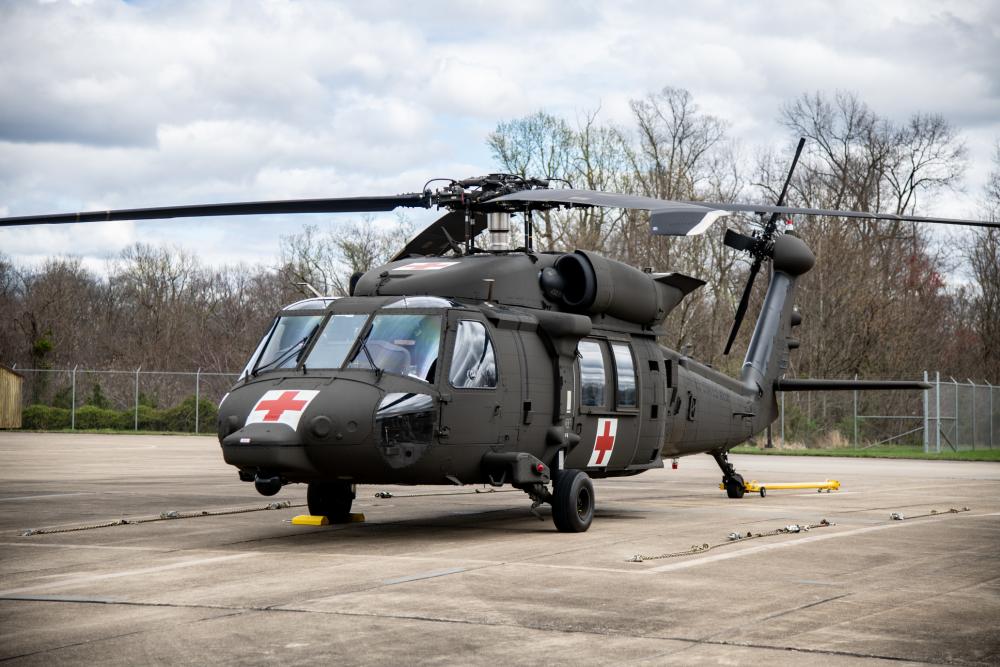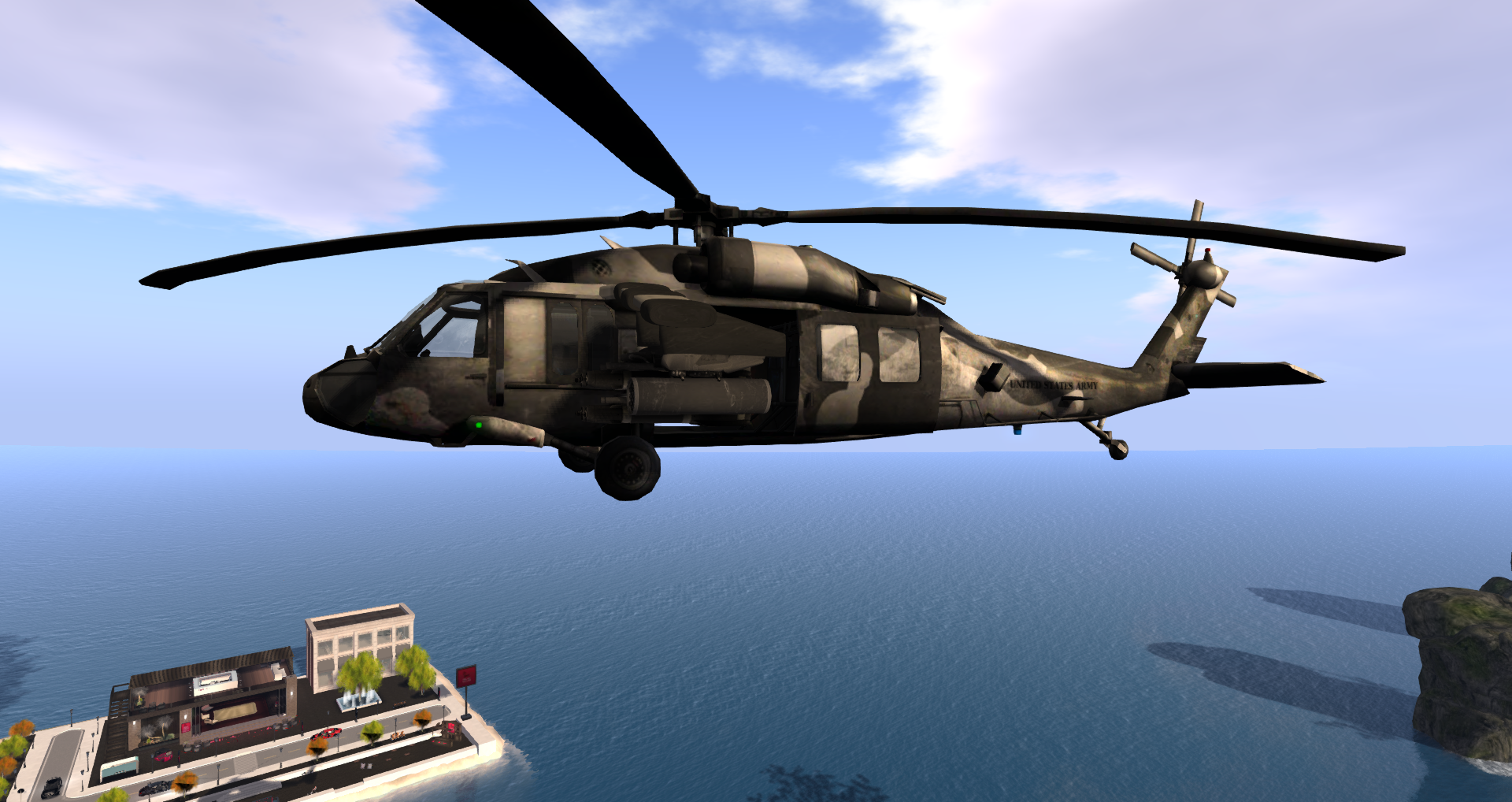UH-60 Blackhawk: Adaptability in Fight and Good Samaritan Missions
UH-60 Blackhawk: Adaptability in Fight and Good Samaritan Missions
Blog Article
Comprehensive Review of the UH-60 Blackhawk Helicopter
The UH-60 Blackhawk helicopter, a hallmark of modern army air travel, has played an important duty in varied functional cinemas because its intro in the 1980s. With its robust layout and convenience, it has adjusted to accomplish various goals, from army transport to clinical evacuation. As we explore its elaborate background, style requirements, and technological improvements, it ends up being obvious that the Blackhawk's influence expands far past the combat zone. The complete extent of its heritage and the lessons discovered from its implementation throughout the world warrant a more detailed examination.
History and Advancement
The UH-60 Blackhawk helicopter has constantly been a cornerstone of united state military aviation because its introduction in the late 1970s. Created by Sikorsky Aircraft, the Blackhawk was made to satisfy the Military's need for a versatile utility helicopter that might execute a variety of goals in various environments. UH-60 Blackhawk. The growth process began in 1972, with the first prototype flying in 1974
Its functional debut came during the 1980s, where it was promptly identified for its ability, speed, and agility to deliver soldiers and cargo effectively. The Blackhawk's performance in the 1983 Grenada intrusion and subsequent operations solidified its reputation as a reputable workhorse for the united state Military. Throughout the years, the helicopter has gone through countless upgrades and variations, adapting to advancing army demands, including the addition of innovative avionics and tool systems.

The Blackhawk's design has likewise evolved to offer numerous branches of the military and allied pressures, showcasing its adaptability. Today, it remains an integral part of U.S. army operations and remains to be a recommended choice for rotary-wing aeronautics throughout the globe, reflecting its long-lasting heritage and ongoing significance in modern warfare.
Layout and Specifications
Engineered for efficiency and convenience, the UH-60 Blackhawk helicopter features a robust style that enhances its operational abilities. The airframe is built primarily from light weight aluminum alloys, giving an equilibrium of toughness and weight performance. With a length of 64 feet and a rotor diameter of 53 feet, the Blackhawk is developed to fit a large range of missions. Its optimum takeoff weight is approximately 22,000 pounds, allowing it to lug significant hauls.
The helicopter is powered by two General Electric T700-GE-701C engines, each delivering 1,800 shaft horsepower, which makes sure high degrees of dependability and performance in diverse atmospheres. The blades system is a four-blade, totally articulated layout that enables excellent maneuverability and security, even in adverse conditions.
In Addition, the UH-60 incorporates advanced avionics and flight control systems that improve situational awareness and pilot control. The cabin is created for fast reconfiguration, allowing it to sustain various goal profiles, from army transportation to medical evacuation. Generally, the layout and specs of the UH-60 Blackhawk show a commitment to functional quality and flexibility in the field.

Missions and duties
With its durable style and advanced capabilities, the UH-60 Blackhawk helicopter offers a plethora of functions across numerous military procedures. Initially established for troop transportation, the Blackhawk has evolved to execute a large array of missions, including medical evacuation, search and rescue, and logistical assistance. Its convenience allows it to run in varied environments, from metropolitan landscapes to rugged terrains.
In fight scenarios, the Blackhawk is essential for inserting and removing unique operations pressures, offering them with the mobility required to implement their goals successfully. Additionally, the helicopter can be outfitted with innovative interaction and avionics systems, enhancing its function as a command and control system in dynamic fight scenarios.

Technological Innovations
Integrating innovative technologies has substantially boosted the efficiency and capabilities of the UH-60 Blackhawk helicopter. The consolidation of sophisticated avionics systems, including electronic trip control and boosted situational awareness screens, has boosted pilot navigation and decision-making in intricate settings. These systems allow real-time information processing, promoting far better interaction and coordination throughout goals.
Furthermore, the Blackhawk's airframe has actually gone through substantial upgrades, making use of composite products that reduce weight while boosting architectural stability. This modification contributes to improved fuel effectiveness and operational array. The helicopter is additionally furnished with advanced propulsion systems that provide better power and integrity, guaranteeing ideal performance in diverse conditions.
Furthermore, the assimilation of contemporary sensing units and weapon systems has broadened the Blackhawk's flexibility. Enhanced targeting capacities and progressed risk detection systems enable effective interaction in combat circumstances, increasing objective success rates.
Worldwide Influence and Heritage
The UH-60 Blackhawk helicopter has made an extensive influence on humanitarian efforts and armed forces procedures worldwide because its intro in the late 1970s. Its adaptability and advanced innovation have enabled it to serve in different roles, including troop transportation, medical emptying, and logistical support (UH-60 Blackhawk). The helicopter's performance in fight situations has redefined aerial flexibility, permitting pressures to react quickly and efficiently to dynamic battleground try this site conditions
Around The World, the Blackhawk has actually been deployed in various disputes, from the Persian Gulf to the Balkans, showcasing its versatility to diverse settings. Its function in humanitarian missions, such as disaster relief and search-and-rescue procedures, has further strengthened its reputation as a trustworthy possession in crisis scenarios.
The legacy of the UH-60 expands past its military applications; it has likewise affected helicopter design and functional have a peek at this site doctrine worldwide. Its success has actually triggered various other nations to develop comparable airplane, enhancing worldwide air travel standards and operational capabilities. As the Blackhawk proceeds to progress with modern-day upgrades, its effect on both civilian and armed forces aviation stays significant, ensuring its location in background as one of the most famous helicopters of its time.
Final Thought
The UH-60 Blackhawk helicopter stands as a testament to ingenious engineering and flexible army application. As a result, the Blackhawk has left an indelible mark on military aeronautics, affecting future helicopter styles and redefining tactical techniques across the world.
The UH-60 Blackhawk helicopter, a hallmark of contemporary army aviation, has played a crucial duty in varied functional theaters since its introduction in the 1980s - UH-60 Blackhawk.The UH-60 Blackhawk helicopter has actually constantly been a foundation of U.S. armed forces aeronautics considering that its introduction in the late 1970s.Engineered for efficiency and versatility, the UH-60 Blackhawk helicopter features a robust style that enhances its operational capacities.With its durable layout and progressed capabilities, the UH-60 Blackhawk helicopter offers a wide range of functions across different military procedures.The UH-60 Blackhawk helicopter has actually made a profound effect on altruistic efforts and military procedures worldwide since its introduction in the late 1970s
Report this page